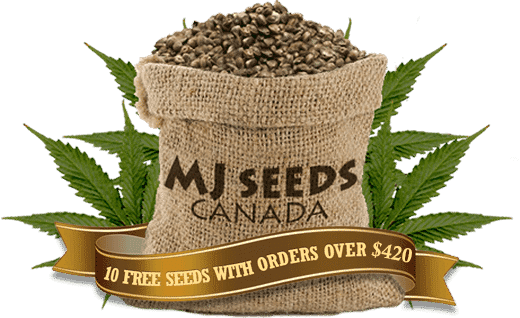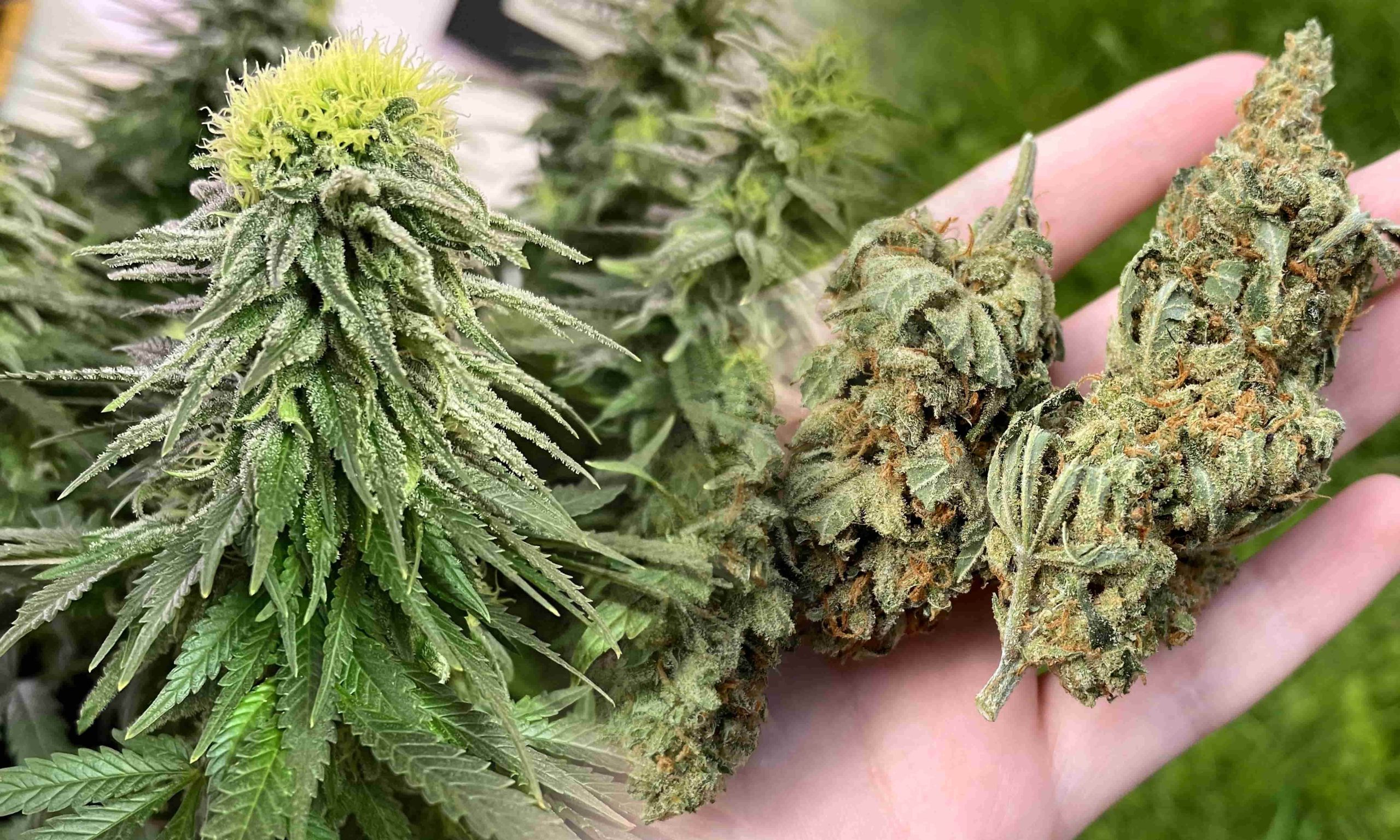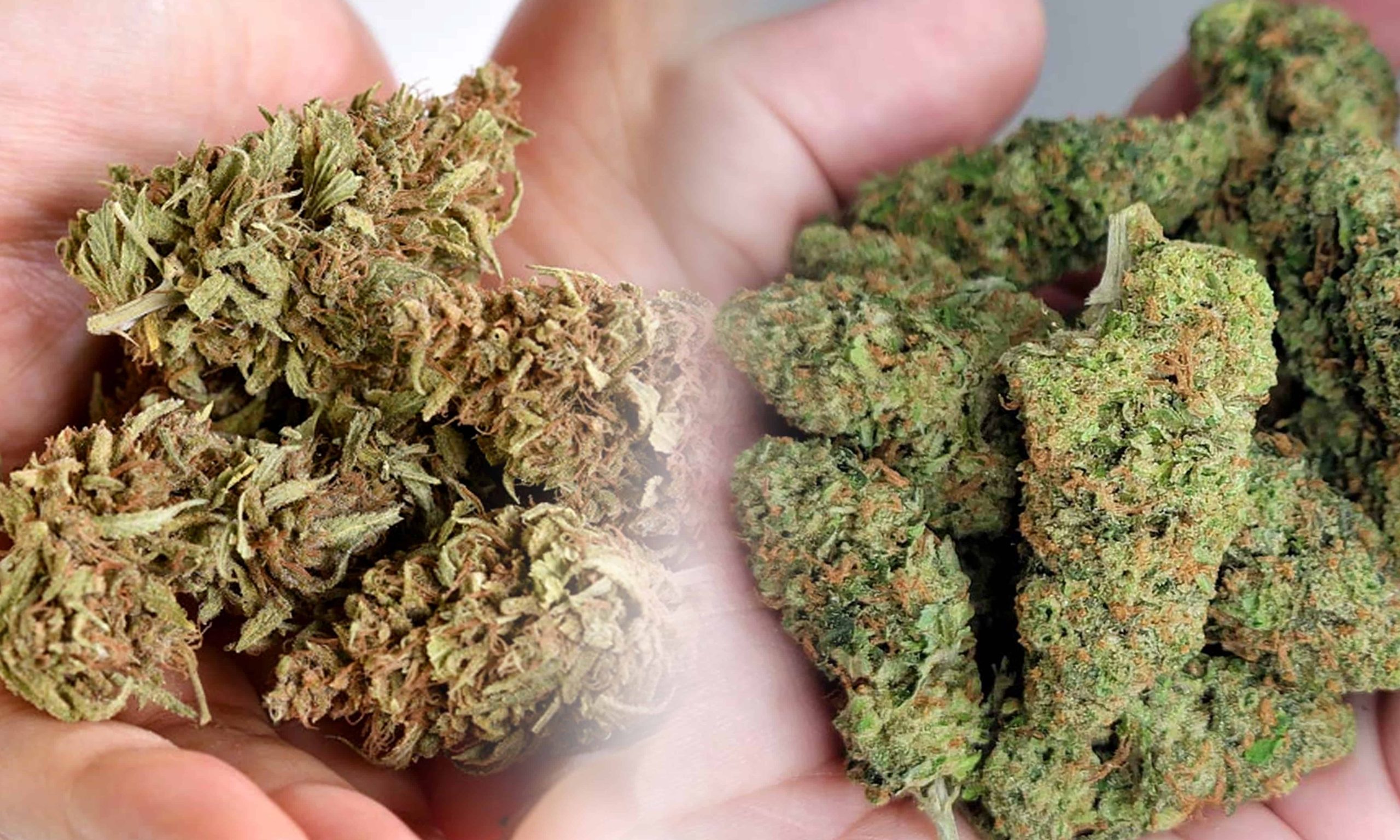The term “hard weed” is often used to describe cannabis buds that have a dense and firm texture. While dense buds can be an indicator of quality, there are various factors to consider when assessing the overall quality of cannabis. In this article, we’ll delve into the characteristics of hard weed, how to differentiate between good and bad quality buds, and what to look for when purchasing cannabis.
What is Hard Weed?
Hard weed refers to cannabis buds that have a dense and compact structure, often resulting from factors such as genetics, growing conditions, and harvesting techniques. These buds typically have a firm texture and may feel heavy when handled. While dense buds can be visually appealing and may contain higher concentrations of cannabinoids and terpenes, the hardness of the bud alone does not necessarily indicate quality.
Differentiating Good from Bad Quality Marijuana Buds
When assessing the quality of marijuana buds, it’s essential to consider various factors beyond just their density. Here are some key indicators to look for when differentiating between good and bad-quality buds:
- Appearance
High-quality buds should have vibrant colors, well-defined trichomes, and minimal signs of damage or discoloration. Avoid buds that appear brown, moldy, or excessively dry. - Aroma
Good quality marijuana buds should have a strong, pleasant aroma that is indicative of their strain characteristics. Look for buds with distinct and appealing smells, such as fruity, earthy, or floral notes. - Trichome Coverage
Trichomes are the resinous glands on cannabis buds that contain cannabinoids and terpenes. Quality buds should be coated in a layer of trichomes, giving them a frosty or “sticky” appearance. - Moisture Content
Properly cured marijuana buds should have a balanced moisture content, neither too dry nor too moist. Avoid buds that feel excessively dry or spongy, as they may indicate improper curing or storage. - Density and Structure
While dense buds can be desirable, excessively hard or compact buds may indicate poor trimming or curing practices. Look for buds that have a firm but slightly springy texture, indicating proper drying and curing.
What Does Bad Weed Look Like?
Bad weed often appears dull, dry, and brittle, lacking the vibrant colors and resinous trichomes of high-quality buds. It may contain visible signs of mold, mildew, or pests, indicating poor cultivation or storage conditions. Additionally, bad weed may have an unpleasant odor, resembling hay or grass rather than the characteristic aroma of fresh cannabis. When broken apart, it may crumble easily and lack the sticky texture of well-cured buds. Overall, bad weed is easily distinguishable by its lackluster appearance, aroma, and texture, signaling inferior quality and potentially harmful contaminants.
Weed Types
- Indica
Indica strains are known for their relaxing and sedative effects. They typically have higher levels of CBD (cannabidiol) and lower levels of THC (tetrahydrocannabinol), making them ideal for nighttime use or relaxation. Indica strains often produce a body high, leaving users feeling calm, sleepy, and physically relaxed. - Sativa
Sativa strains are known for their energizing and uplifting effects. They usually have higher levels of THC and lower levels of CBD, resulting in a more cerebral and euphoric high. Sativa strains are often used during the day for activities that require focus, creativity, or socialization. - Hybrid
Hybrid strains are a cross between Indica and Sativa plants, offering a balance of both relaxing and uplifting effects. Hybrids can vary widely in their effects depending on the specific genetics of the strain. Some hybrids lean more towards Indica or Sativa characteristics, while others offer a more balanced experience. - CBD-Rich
CBD-rich strains are specifically bred to contain higher levels of CBD and lower levels of THC. These strains are prized for their therapeutic properties, such as pain relief, anxiety reduction, and anti-inflammatory effects, without the psychoactive high associated with THC-rich strains. CBD-rich strains are popular among medical cannabis users seeking symptom relief without impairment.
Fluffy Buds vs Dense Buds
Fluffy Buds:
Fluffy buds are characterized by their light, airy appearance and texture. These buds have a looser structure with more space between the calyxes (the small, leaf-like structures that form the bud). Fluffy buds are often associated with sativa-dominant strains, which tend to produce taller plants with elongated buds. While fluffy weed buds may not look as impressive as their denser counterparts, they can still contain potent cannabinoids and terpenes.
Characteristics of Fluffy Buds:
- Light and Airy Texture: Fluffy buds have a less compact structure, giving them a lighter and more airy appearance.
- Longer and Less Dense: Fluffy buds are typically longer and less dense than dense buds, with more space between the calyxes.
- Sativa-Dominant Strains: Fluffy buds are commonly found in sativa-dominant strains, which tend to produce taller plants with less dense buds.
Dense Buds:
Dense buds, on the other hand, are characterized by their compact, solid structure and heavy weight. These buds are tightly packed with resinous trichomes (the small, crystal-like glands that contain cannabinoids and terpenes), resulting in a higher potency and more pronounced aroma. Dense buds are often associated with Indica-dominant strains, which tend to produce shorter plants with thicker, more densely packed buds.
Characteristics of Dense Buds:
- Solid and Compact Structure: Dense buds have a tight, solid structure, making them feel heavy and dense to the touch.
- Shorter and More Compact: Dense buds are shorter and more compact than fluffy buds, with less space between the calyxes.
- Indica-Dominant Strains: Dense buds are commonly found in Indica-dominant strains, which tend to produce shorter plants with thicker, denser buds.
Leafy Buds
Leafy buds refer to cannabis flowers that have an abundance of leaves attached to them. These buds typically have a lower flower-to-leaf ratio compared to denser buds, resulting in a less potent and less visually appealing product. Leafy buds may contain less resin and fewer trichomes, leading to a milder aroma and flavor. While they still contain cannabinoids and terpenes, leafy buds are often considered lower quality and are less desirable for consumption compared to more densely packed, resinous buds.
Conclusion
Understanding the different types of cannabis buds and how to differentiate between good and bad-quality marijuana is essential for both recreational and medicinal users. Whether you prefer the relaxing effects of Indica, the energizing effects of Sativa, or the balanced effects of hybrids, selecting high-quality buds ensures a satisfying and enjoyable cannabis experience. By considering factors such as appearance, aroma, trichome density, moisture content, and structure, you can confidently choose cannabis buds that meet your standards for quality and potency.
Frequently Asked Questions
1. What is hard weed?
Hard weed refers to cannabis buds that have a dense and compact structure, often resulting from a higher concentration of trichomes and a tighter bud formation. These buds typically feel solid and heavy to the touch.
2. Is hard weed more potent?
While the density of the buds can indicate a higher concentration of cannabinoids and terpenes, potency ultimately depends on factors such as genetics, growing conditions, and harvesting techniques. Hard weed may indeed be potent, but it’s not a guarantee.
3. Is hard weed better quality?
Quality is subjective and can vary depending on personal preferences and desired effects. While some users may prefer the potency and dense structure of hard weed, others may prefer the flavor and aroma of softer, fluffier buds.
4. Are dense buds better?
Dense buds can offer a concentrated cannabinoid and terpene profile, potentially leading to potent effects. However, “better” is subjective, as preferences vary. Some users prefer the potency and smooth smoke of dense buds, while others may appreciate the flavor and aroma of lighter, fluffier buds.
5. How does bad weed quality affect the smoking experience?
Smoking bad-quality weed can result in a subpar smoking experience characterized by harsh smoke, uneven burning, and a lack of potency or desired effects. Additionally, consuming contaminated weed may pose health risks and lead to adverse reactions.





